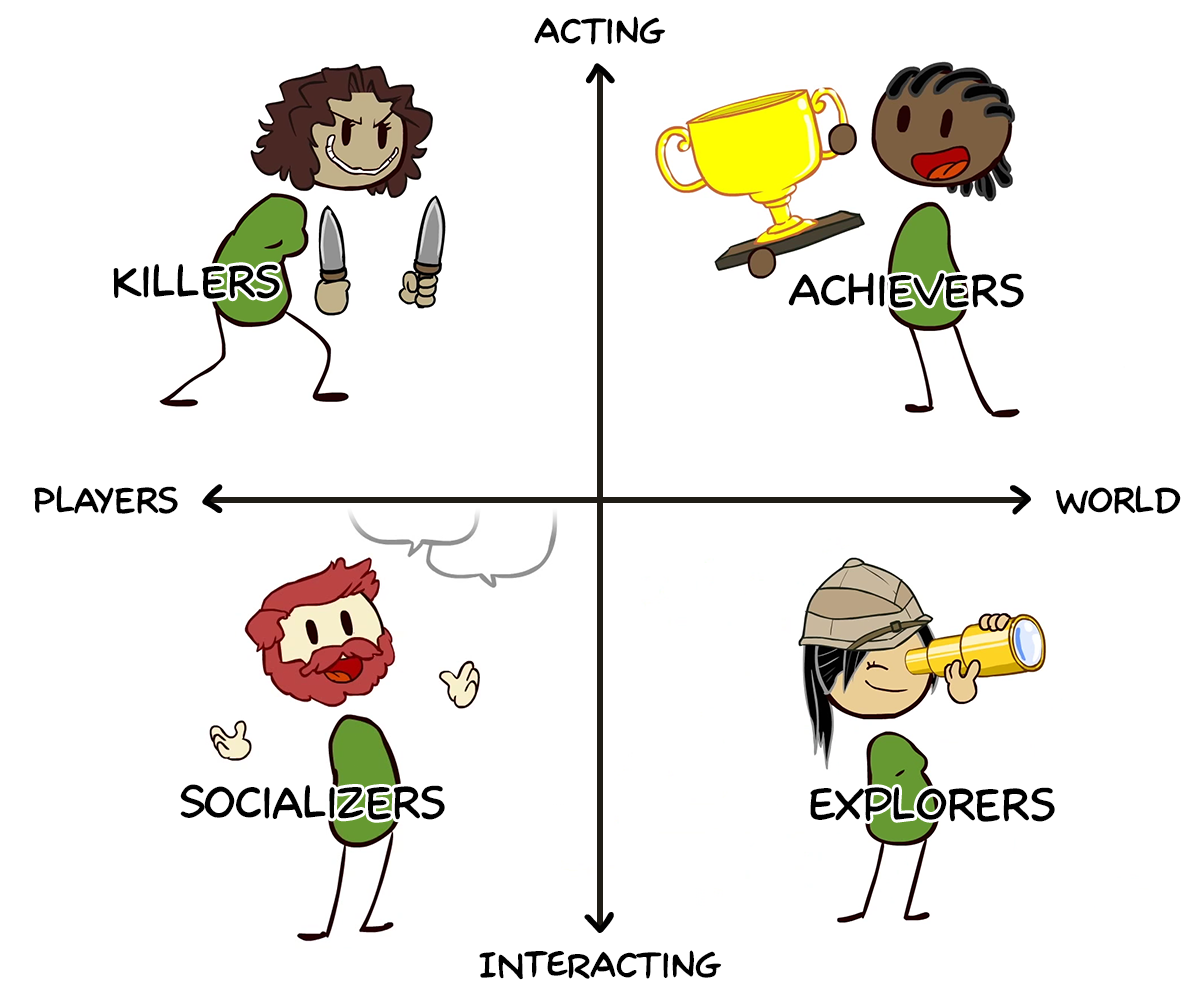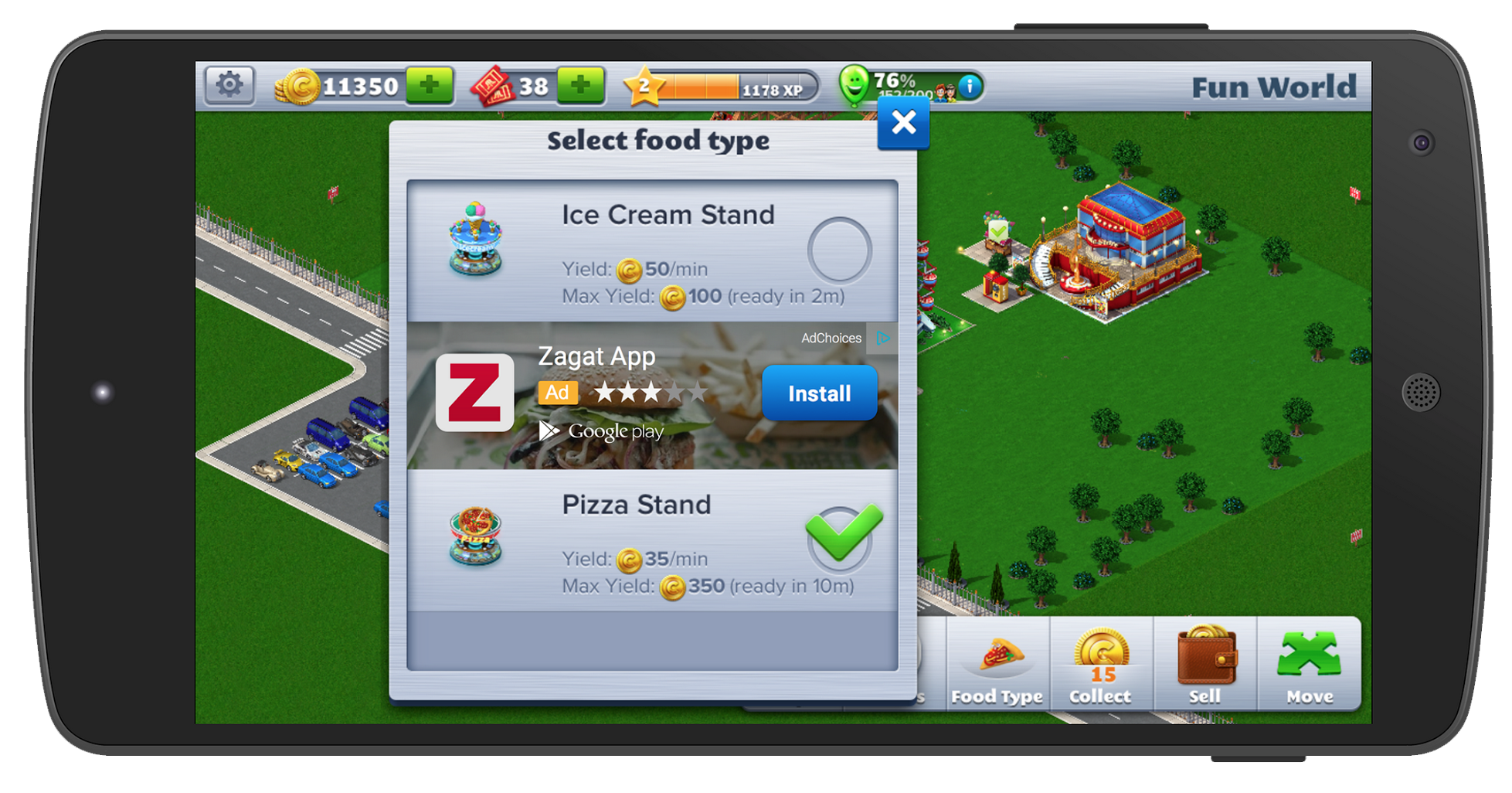A man sits in a restaurant and orders “The John Candy Burger” (a double cheeseburger with four strips of bacon and a fried egg) through a touch screen embedded into the table. As he gives the waiter his order, his smartwatch vibrates. He checks a push notification which tells him he should not order “The John Candy Burger” based on information gathered from a sensor in his body which has been monitoring his blood pressure and cholesterol among other notable health measurements in a constant stream of data for 15 years with infallible predictive capabilities. It tells him this specific cheeseburger from this specific restaurant will increase his risk of a heart attack on his daily run by 8%. He doesn’t understand how, but he accepts it the way one accepts that the earth is round and the Great Pyramid of Giza existed in 2540 BC.
In the above fictional example, the Internet of Things took the man’s order, evaluated the average nutritional content of the burger based on data gathered through sensors embedded into a smart grill, and transmitted it to the smartwatch where it analyzed nutritional content in the context of over 15 years of health data gathered on the man to inform him on the potential risk of his decision. The Internet of Things is bigger than money. It’s a new world where planes don’t crash and smartphones can tell their users the location of the nearest empty parking spot to minimize travel time and ensure the city is maintaining optimum functionality. A pregnant wife is gently guided through a safe 9-month path to the newest addition to her family. The edges of the world are being smoothed out by data. The Internet of Things is leading the human race toward new levels of efficiency, productivity and effectiveness.
“Show me the money”
As a major technological evolution takes place, many businesses are looking to monetize it. Although the world has yet to see the full impact of the Internet of Things, it has already revolutionized process improvement for everything from manufacturing to health care, product enhancement, and safety. For the developer eager to enter a burgeoning field with infinite possibilities, here are some of the common techniques for monetizing IoT applications.
ONE-TIME PAY + FREE APP
The most basic monetization method entails creating a simple product with everyday applications, like Jawbone and the Phillips Hue Connected Bulb for example, and offering the equipment for purchase which works in conjunction with a connected app for iOS & Android. This method is most effective for products where the manufacturing cost to market ratio is kept low.
SUBSCRIPTION-BASED
One of the major issues with the IoT is the amount of data generated regularly by their devices. The amount of data and possibilities are so staggering, it’s vital to understand and decide upon relevant metrics and analysis tactics. For developers, it means that the cost of maintaining many IoT apps calls for a constant stream of revenue. Companies like Audi offer a hotspot subscription, ranging from 6 to 30 months, for Audi Connect, their hotspot navigation system utilizing Google Earth and Voice to offer real-time alerts, weather and traffic. In some applications, data plans will likely emerge as a another way of tiering subscription-based purchases.
WHITE LABEL SERVICES
Perhaps the most profitable and complex option, monetizing IoT applications through white label services entails having the foresight to identify the future of the technology and the necessary human & financial resources to act upon it effectively through the creation of a template offering which businesses can rebrand as their own. Jasper Technologies created the Connected Car Cloud as a cloud-based turnkey solution for developing smart-cars with real-time diagnostics, safety, security, and more.
Acquired by Cisco for about $1.4 billion in March, Jasper is one of the big success stories of IoT monetization and a model for future innovators looking to capitalize on the business opportunities brought about by the Internet of Things.
Learn more about IoT through this awesome article with advice from early adopters via Computer World.








